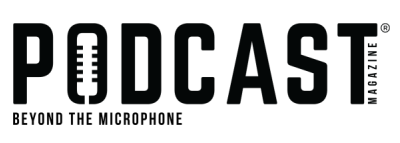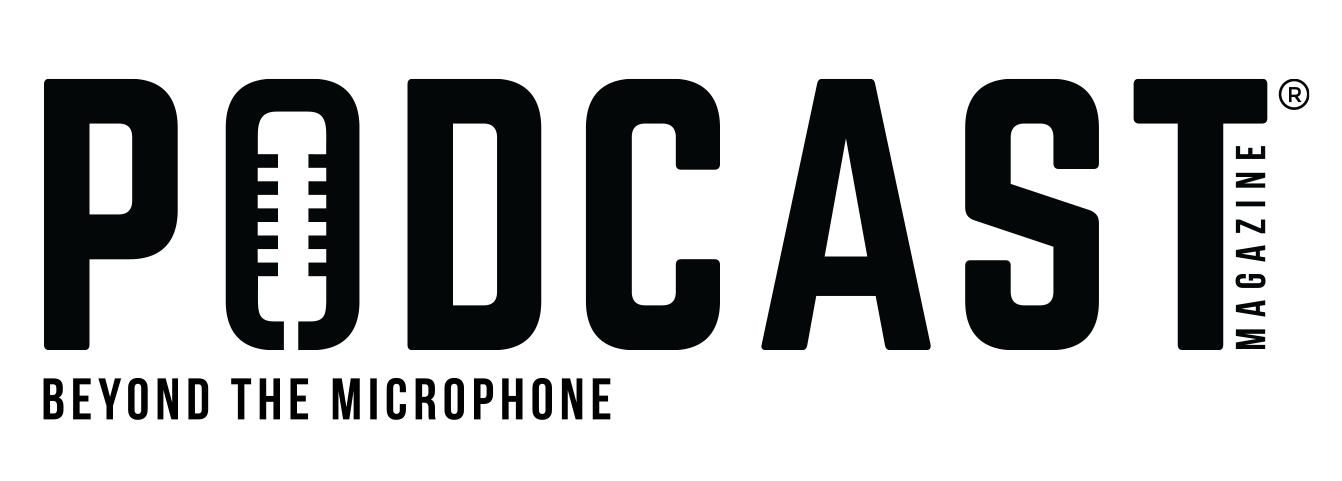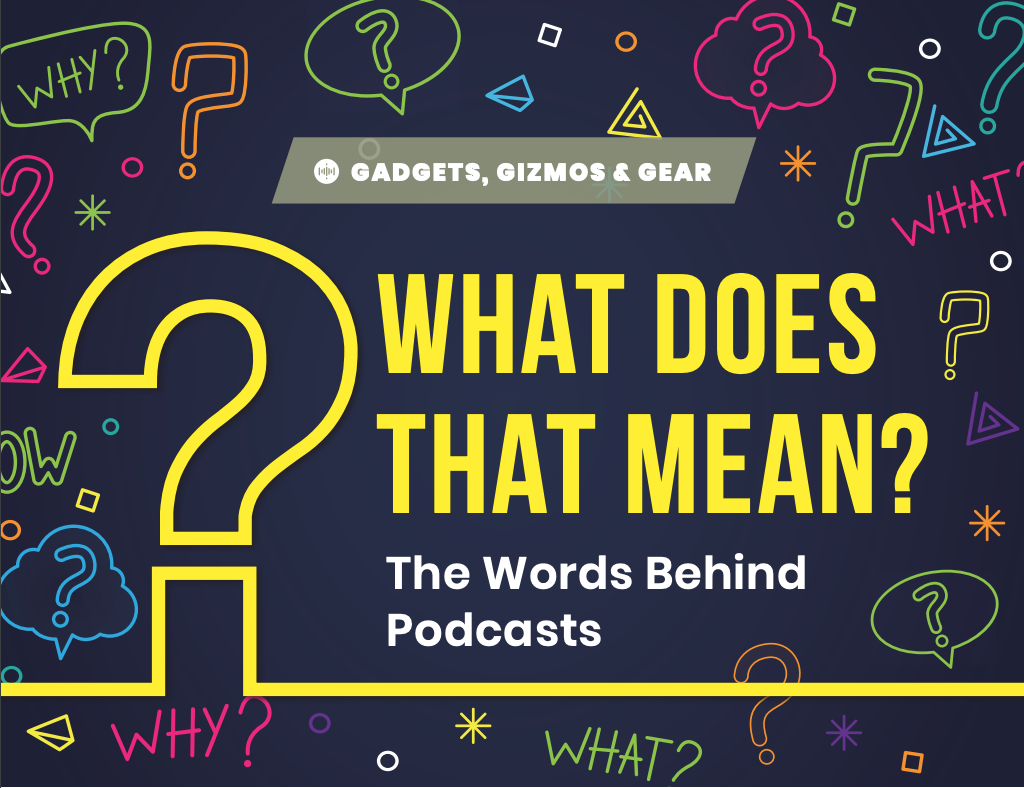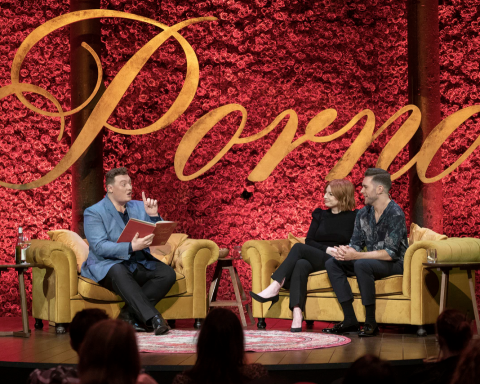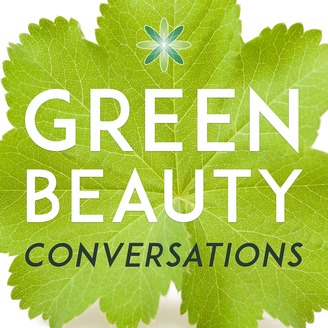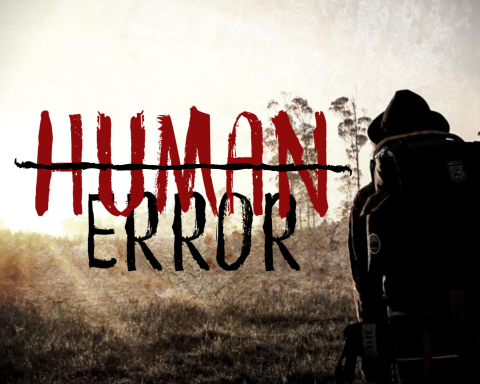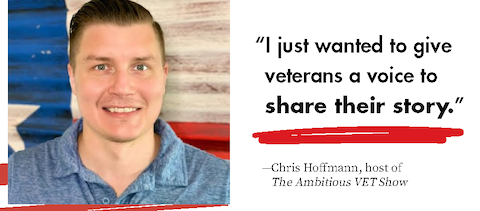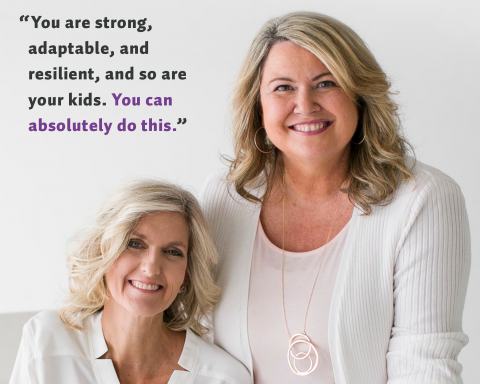Ever heard the phrase “two-club wind”? If you have, you’re either a golfer or someone familiar with the sport.
Infomercial marketers have their own terms, as well. They measure their commercials based on the “MER score.” And real estate attorneys are very familiar with “estoppel certificates.”
Every industry has its own vocabulary, and understanding that lexicon means you’re either on the inside or the outside of the industry.
Today, I’m bringing you, the podcast fans, inside the podcasting industry to share with you the words we use all the time.
Bed . . . The music you hear playing quietly in the background is the “music bed.”
Crossfade . . . Crossfade is what happens when two sounds blend. Perhaps the podcaster’s voice track fades out at the end as the end music fades in.
DAW. . . Digital Audio Workstation . . . a DAW is the software a podcaster uses to record his or her episodes. Examples are Apple’s GarageBand, Audacity, or Reaper.
Gain . . . A gain is a unit of measurement that gages the loudness as the sound is being recorded. It’s the loudness of the input. Volume is the measurement of loudness as it comes out of the speaker. Loudness is adjusted in the editing and mixing process.
Hum . . . Hum is a literal term meaning the hum, buzz, or sound coming through the microphone that can be heard on the recording. Podcasters go to great lengths to reduce or eliminate any hum or background noises.
IAB . . . Interactive Advertising Bureau. This is the organization that sets some of the standards for podcasting. One of those standards is how listeners are measured. Podcasts have statistics, but only some of the hosts who provide the data are IAB certified, meaning they follow the guidelines set by the IAB.
Metadata . . . When a podcaster is finished editing an episode and is ready to upload it to the host, he or she adds metadata to the file. An .mp3 podcast file gets information attached to it like the podcast title, episode number, name of the producer, and the episode cover art. Your podcast app reads that metadata and then shows you all that information.
Mid-roll Ad . . . This is an advertisement that falls in the middle of the episode. Sometimes, the podcaster places the ad during the editing process. Sometimes, the podcaster reads the ad themselves live (i.e. Paul Harvey). And sometimes, a third party places the ad. An ad that plays at the beginning of an episode is called a pre-roll ad, and the one at the end is a post-roll ad. Traditionally, advertisers pay the most for pre-roll ads.
Podcast . . . The term “podcast” was derived long ago after the iPod was developed. Prior to that, the iPod listeners could listen to audio files on a website using the RSS feed. At that time, they were called “internet audio programs.” A writer for the Guardian Newspaper, Ben Hammersley, coined the term “podcast” in a newspaper article writing about this new audio medium.
Podcast Hosting . . . If the internet is your neighborhood, a host is like a property landlord. Just like when you rent an apartment to have a place to rest, sit, eat, and play, a podcast host is a landlord with a piece of “property” a podcaster rents to store his or her episode audio files. The host assigns you an RSS feed to your show, which is what iTunes and Stitcher (and the other aggregator) get, so they can feed you each and every podcast episode without having to ask the podcaster for the updated file.
Podfade . . . The fear of every podcaster—podfade occurs when a podcaster starts a new podcast, but life gets in the way of producing it regularly. Episodes get further and further apart until there are no new episodes.
Pop Filter . . . This is a device that gets placed between the podcaster and the microphone. Its job is to prevent any popping noises a microphone may pick up when certain words are spoken.
RSS Feed . . . This is the website tool that carries the audio (and sometimes video) to the app, website, or RSS aggregator you use to listen to your favorite podcasts. It’s what makes podcasting possible. It’s used for more than podcasts, as well. If you grab the RSS feed from a website, you could be updated anytime that website publishes new content.
I hope knowing these terms make you feel like more of a podcast aficionado. You won’t necessarily come across them while listening to a podcast, but now, you’ll understand them better when you hear them.
